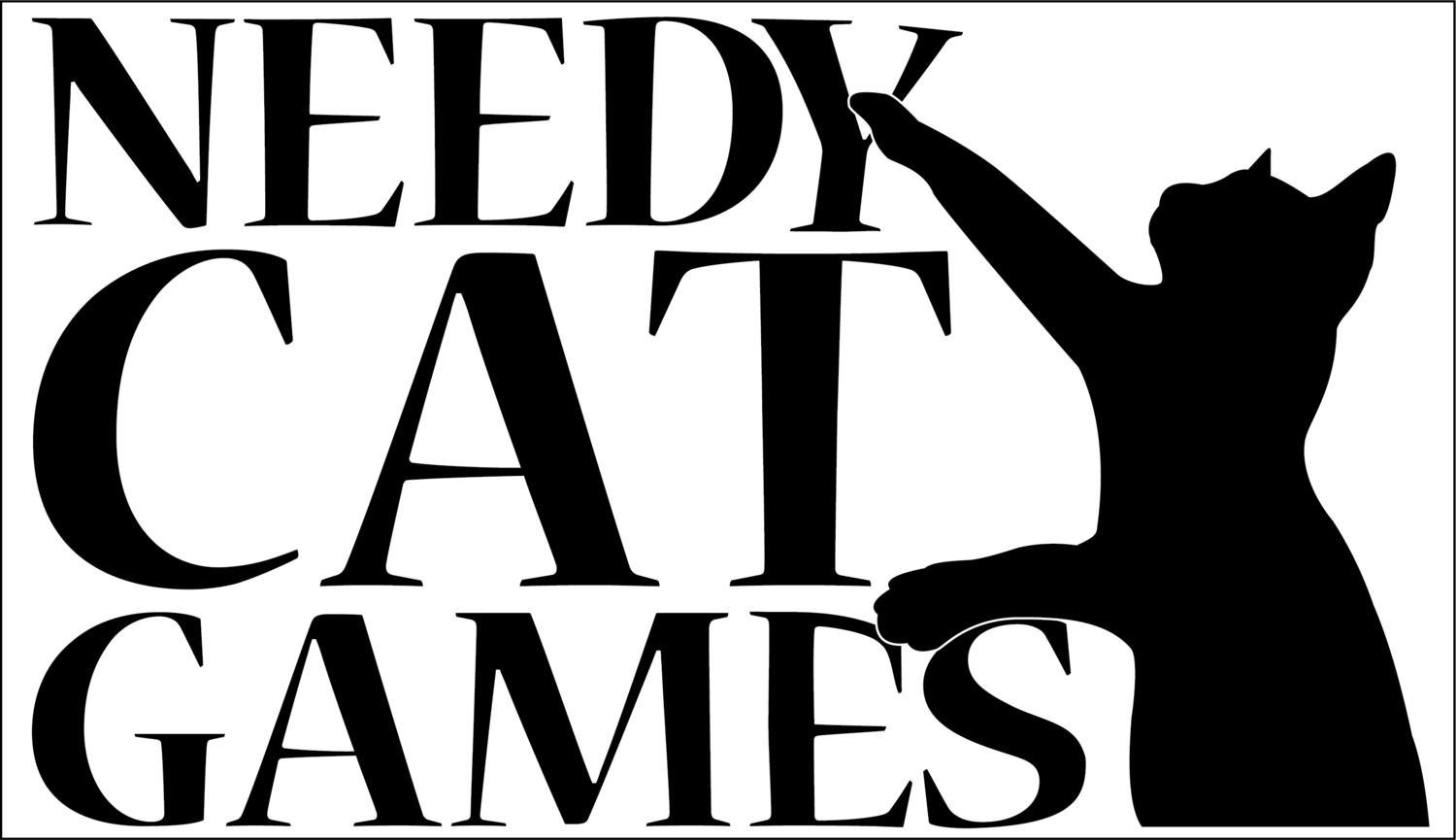This is the second in a series about being a freelance artist in the tabletop gaming industry. It may also be of use to freelancers in general, but that’s really your call.
Neil Gaiman did a wonderful talk about making great art that he gave at the University of Arts in 2012, it’s on YouTube here and if you haven’t already seen it, then you should. Go watch it now and come back to this in a bit – it’s fine, I’ll wait.
Here he is, talking at the University of Arts in 2012. Go watch the video!
Right, now we’ve got that out the way. Not only is it an inspirational talk but it has a fantastic core message about being a freelance artist. Neil says that in general, there are three basic attributes a freelancer should have:
· Good
· Easy to work with
· On Time
He then says, pick two. You can get away with being two.
It’s a great principle to try and live by. As everyday people, none of us is infallible. We all have strengths and weaknesses. It requires an amount of self-awareness to really examine your personal attributes and be realistic about what that means for you as a freelancer. If you’re looking at that list and thinking “Nonsense! I’ll be amazing at all three of those, all of the time! Easy!” I would say that it’s a noble aspiration, but be aware that it may seem easy, but it isn’t.
It also takes a degree of humility to be a freelancer. To appreciate that you’re not always right the first time, that your work may need improvement, that you may need to improve, that other people have walked the path and perhaps they’re right about a few things. I talk about learning to take feedback in my previous blog – if you haven’t already, you may want to read that too.
So, here’s my advice on how to approach this. Try to do all three but be realistic and honest with yourself about what is your strength and what is your weakness. Then consciously try to achieve the third, which is neither your strength or your weakness. For example:
I know I’m super friendly and easy to get along with. I know that the quality of my work is not as good as others out there in the market. So, I’m going to work really hard at being on time and communicative.
OR
I know my art is really good, but I find it difficult to talk to people regularly and take on feedback. Therefore, I’m going to make sure I’m really on time.
OR
I am really good but terrible at deadlines. So, I’m going to put loads of effort into taking feedback on board, be quick to reply to emails and be ultra-friendly.
Etc. etc.
Being brutally honest about your strengths and weaknesses is difficult and comes with practice. If you’re really struggling to identify what your good and less good at, then why not ask for feedback (there’s that word again)? Again, learning to take feedback constructively, comes with practice.
Another note to mention here is that many gaming companies, in the grip of tight deadlines and panic caused by expanding costs will, when sh!t hits the fan, go for one of the attributes listed above. But when the dust settles, good luck getting another job afterwards if you add to that stress rather than reducing it by doing a great job. Also, good luck getting the work in the first place - companies will often seek out artists who have previously done good work for them or go on recommendations from friends, colleagues and associates. That or portfolios (I’ll go into this in a later blog).
Here's an inspirational quote for you!
If, in the spirit of humility, you realise after working with a client that you really didn’t embody the attributes you wanted to. Accept that, use it as a learning point and move on. Once a job is finished, plunder it for learning and then move forward. Dwelling does nothing well. If you’re desperate to work with that client again, then my advice is, to be honest. Explain you feel you could do more and see what comes of it. Very little is achieved with bravado and arrogance.
In the end, try to be the best you can be. Be aware of your weaknesses and consciously try to work on all the other bits to make up for them. Eventually, you’ll find your pace and you’ll be someone your clients look forward to working with.



